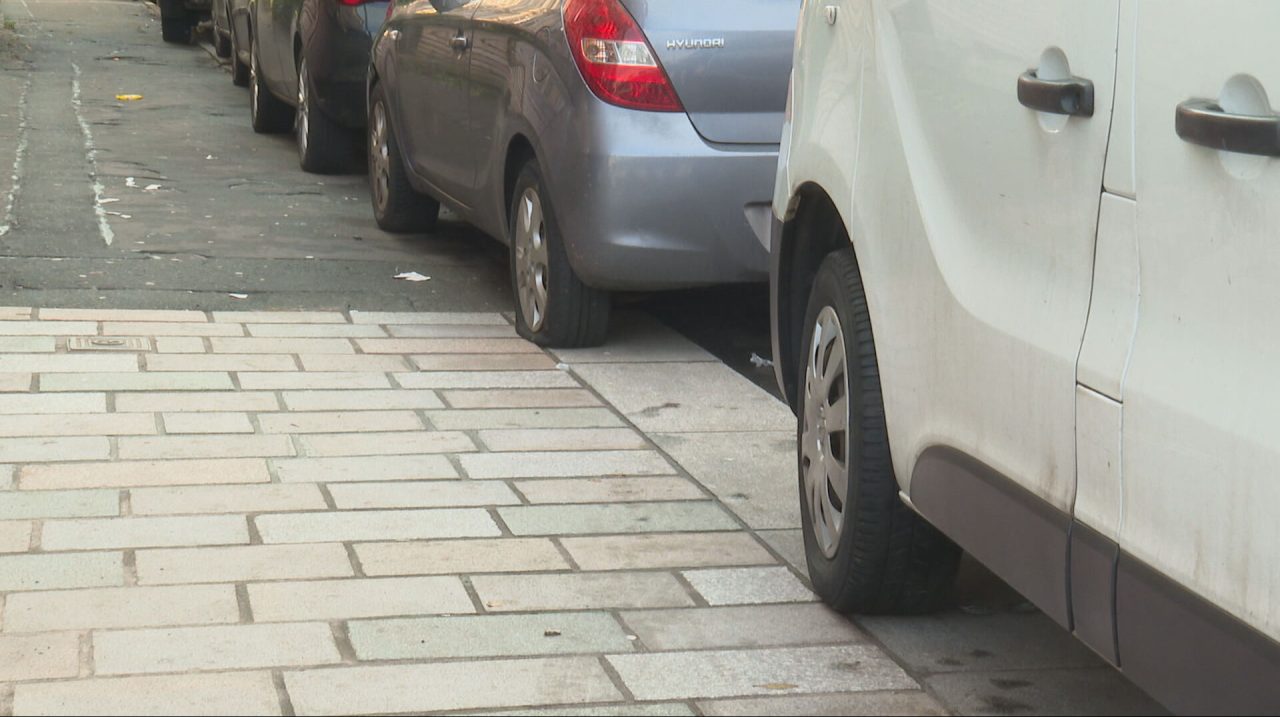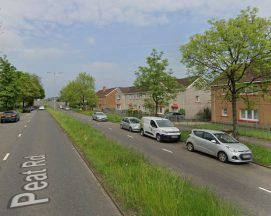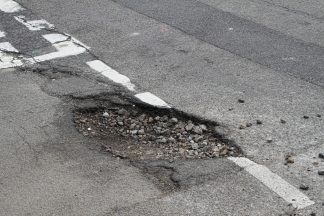Both East and South Ayrshire Council will consider plans for a ban on pavement and double parking next week.
Legislation has been brought in to make it easier for Scottish local authorities to ensure pavements and roads are safer and more accessible.
Pavement parking is defined as any wheel or wheelpart that is parked on a pavement, while double parking is defined as any vehicle parked more the 50cm away from the edge of the carriageway.
The move will also protect dropped kerbs which are in place to help pedestrians and cyclists cross roads.
Further legislation to be tabled by the Scottish Government this month will mean that councils will have discretion over exercising the power, with one eye on priorities and the resources available to enforce the laws.
There are number of exemptions to the new rules, including emergency services and medical personnel responding to emergencies, accidents or in the normal course of their duties.
Postal service deliveries will also be exempt when delivery of goods which cannot be achieved without the vehicle being parked on a pavement.
There are also exemptions for vehicles used in connection with roadworks and the removal of obstructions.
Councils will also be able to make exemption orders for specific places, following a strict criteria.
This can include pavements that are wide enough to accommodate pavement parking, leaving 1.5m of the pavement unobstructed. Roads that would block emergency vehicles if cars are parked entirely on the road.
If approved, Ayrshire Roads Alliance (ARA), will assess the network to determine whether any roads merit consideration for an exemption.
This will be carried out as a desktop exercise, utilising online street view images as well as ‘local knowledge’ say officers.
Those identified will then be more rigorously assessed.
In the report to both council’s, ARA have indicated that a three tier approach will be taken.
Most streets will fall under the ‘green’ category where a ban will have ‘low impact’. In these instances ‘ a change in driver would be required where they would have to park at locations’ other than the pavement.
The second tier looks at areas which would have a greater impact, defined as requiring both a change in driver behaviour and possible other measures taken when, for example, there are no alternative spots and parking would create ‘unacceptable congestion or road safety issues.
The highest level of impact would look at exemptions along with additional measures.
The report states “This may be formalising pavement parking on one side of a street where the carriageway and footways are narrow but the other side of the street would be protected from parking on by a No Waiting restriction to allow one clear footway along the street.
The appraisals will be used in the street assessments to establish the need for
lining. There may also be a need for other Traffic Regulation Orders for other
physical mitigation measures.
Both councils have employed parking attendants since the decriminalising of parking enforcement in 2012.
There are numerous other tasks which need to be progressed along with the street assessments to enable the commencement of enforcement duties.
There will also be significant human resource implications in terms of incorporating the new tasks and associated workload through service review and training.
Any Exemption Orders shall also require the manufacture and installation of associated road traffic signs and road markings.
If approved, the councils would hope to implement the new scheme this October.
Follow STV News on WhatsApp
Scan the QR code on your mobile device for all the latest news from around the country


 STV News
STV News
























